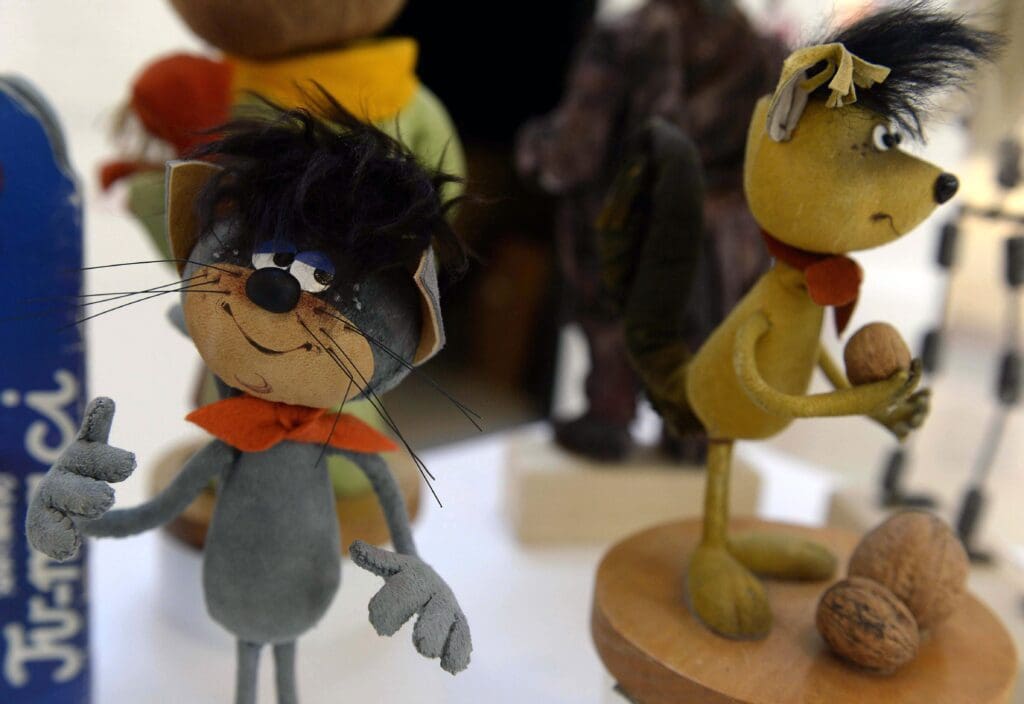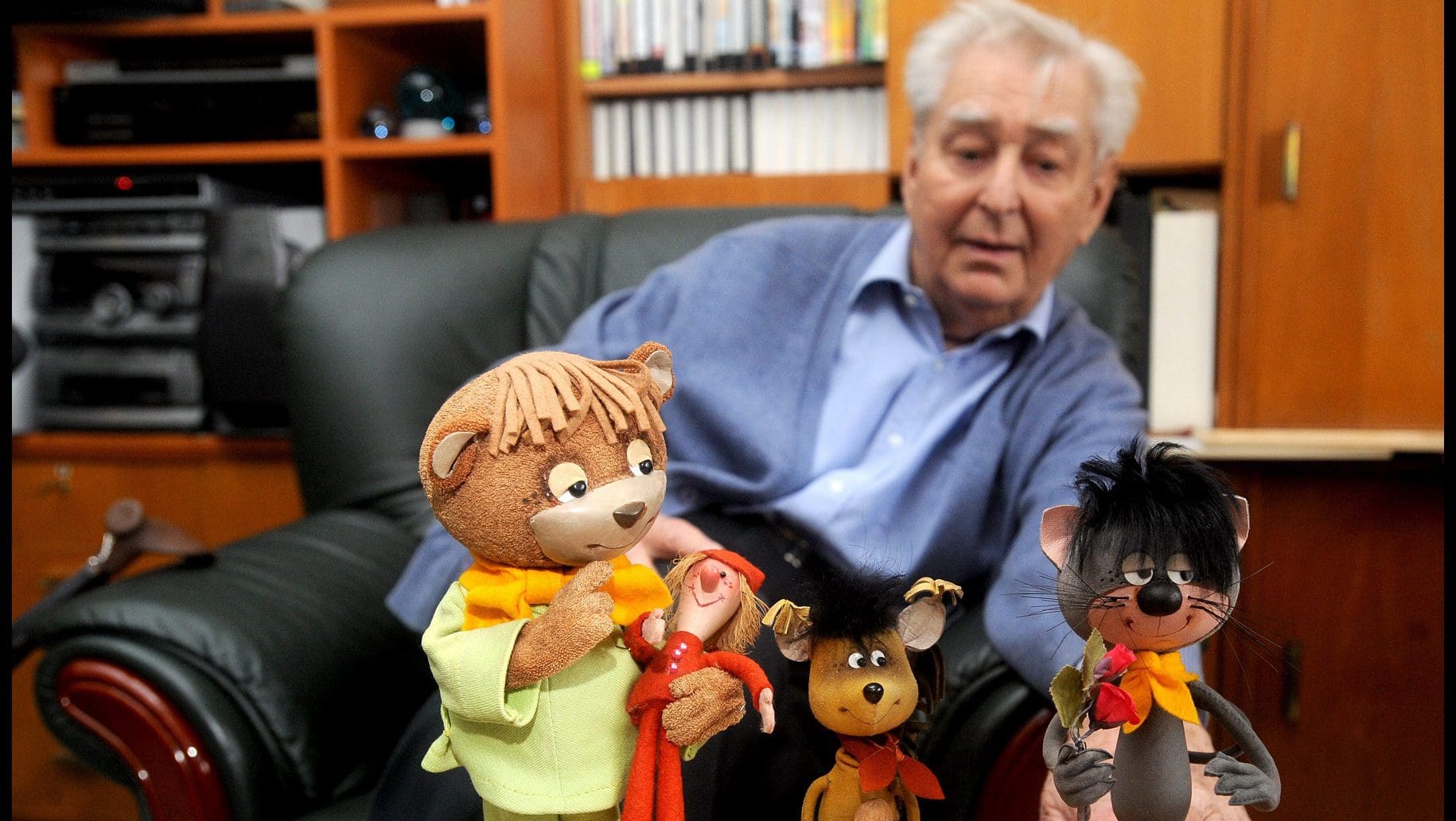One of the creators of the iconic TV Maci (TV Bear), the little puppet figure whose evening routine was followed by millions of Hungarian children on television for decades, and director of Mirr-Murr kandúr kalandjai (The Adventures of Mirr-Murr the Tomcat), Ottó Foky was born 96 years ago today. He came into this world on 15 June 1927 in Sárhida, a small village in the Western part of Hungary. Alas, he is not with us anymore, having passed away in 2012 at age 85. However, his legacy lingers, with an indelible impact across generations.
Foky’s original profession was teaching arts and craft, following in the footsteps of many people in his family who also worked in education. However, Foky did not stay behind the teacher’s pulpit for long. He was drawing comic books in his spare time, despite the format not being known in Communist Hungary at all back then. At the encouragement of one of his friends, he submitted some of his work to the College of Industrial Art and Design, which gained him acceptance. There, he studied film and theatre set design.
During his time in college, he fell in love with Czech filmmaker Jiří Trnka’s stop-motion puppet films,
and decided that he too would pursue this art form. He spent three years as an apprentice for his newfound idol in Prague.
Foky’s first puppet film came out in 1962, with the title Siker (Success). A decade later, in 1972, he started working on the children’s show Mirr-Murr kandúr kalandjai, based on the writings of famed children’s book writer István Csukás. Reflecting on his time puppeteering the grey cat with an orange bowtie, he said ‘this film [series] taught us a lot, basically, whole troops of Hungarian puppeteers were matured on this project’.
His 1975 short Babfilm (Pea Film) brought him the most acclaim.
It was a stop-motion short film, which only used ordinary objects and vegetables as characters, no purpose-built puppets. Foky ended up receiving the Golden Dragon at the Kraków Short Film Festival, and was shortlisted to be nominated for the 1976 Academy Awards in the Best Animated Short Film category.
Foky also created another puppet animation figure that also became extremely popular: Misi mókus or Misi the Squirrel.

TV Maci debuted on the Hungarian public TV channel’s air in 1963, when Foky was only trying his wings in stop-motion puppet films. However, 19 years later, in 1982, he was the one in charge of the remade version of the beloved children’s mascot. He also introduced a new friend to the bear, Paprika Jancsi (Paprika Johnny). TV Maci and his friends appeared in short cutscenes, setting up different episodes and short films of the children’s evening programme Esti mese (Bedtime Story).
TV Maci
No Description
In 2012, Foky’s version of TV Maci was replaced by a new, modernised one, where he can be seen doing modern-day activities like using a computer. However, by popular demand, Foky’s elder version was brought back only after a few months. The original TV Maci is on display at the headquarters of the Hungarian public broadcasting company (MTVA) to this day.
Related articles:








